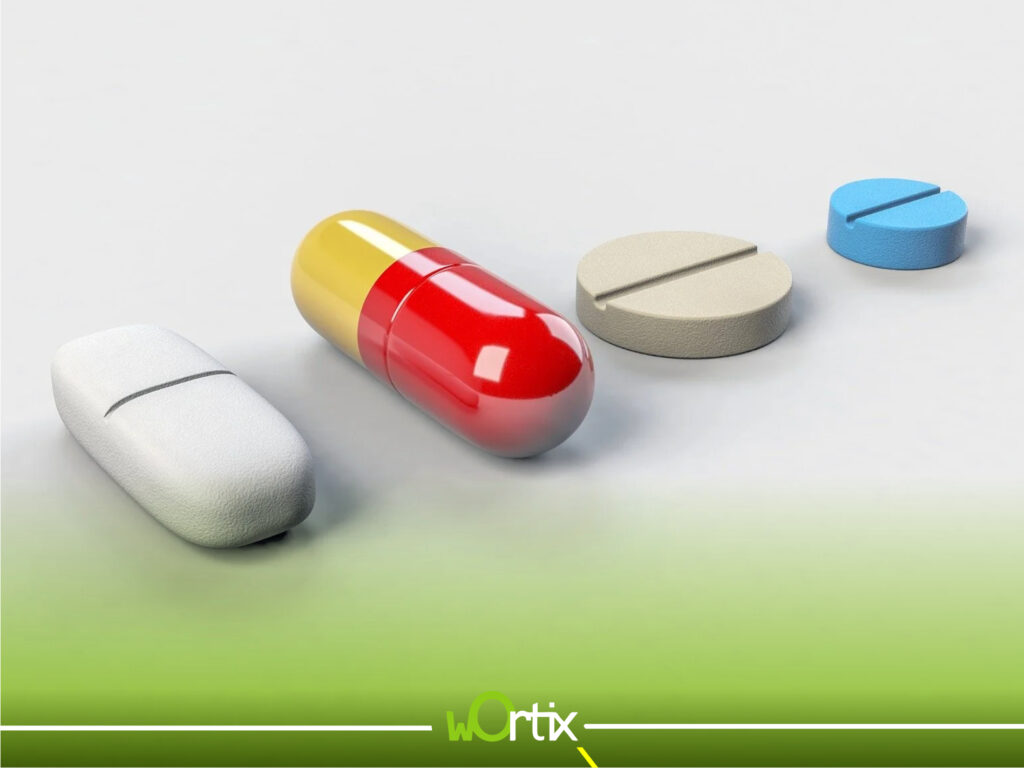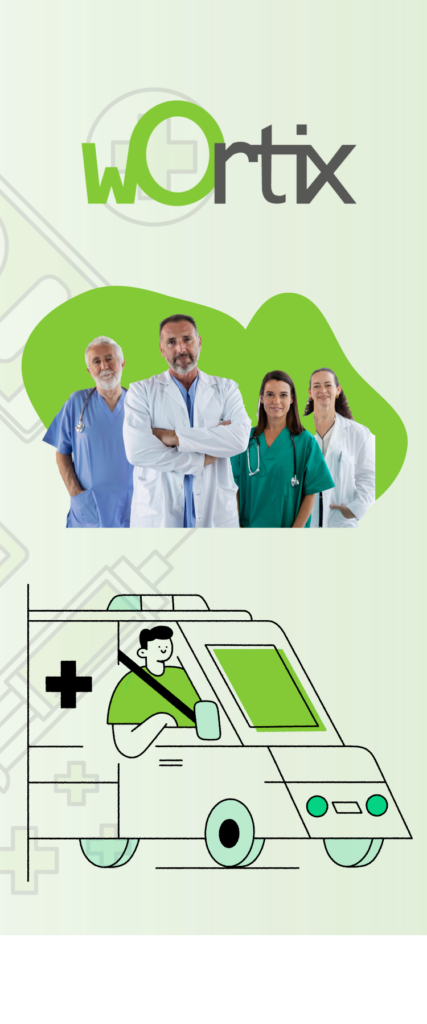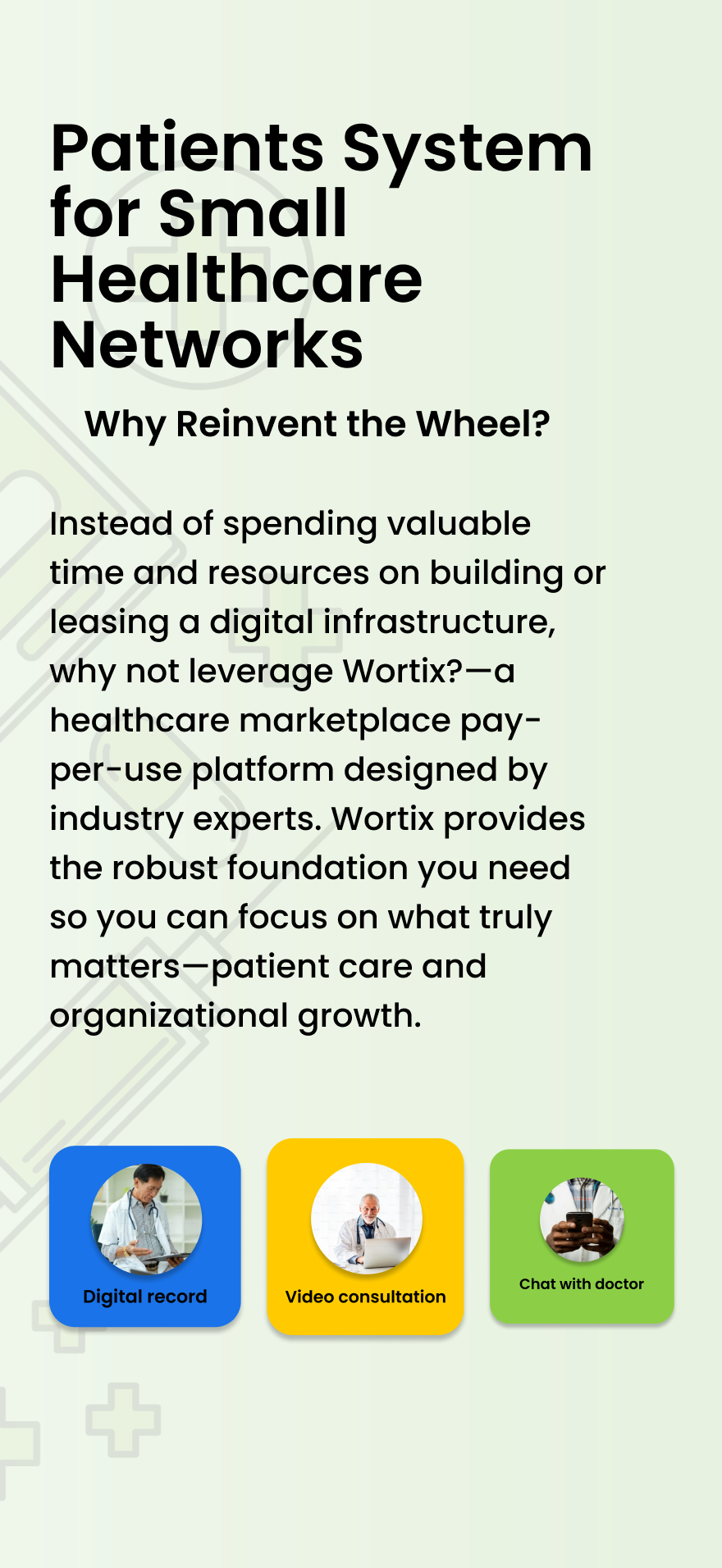The healthcare sector faces a complex landscape: limited resources, increasing costs, and an aging population. Optimizing resources and efficient management have become unavoidable imperatives. Health economics, or the ability to deliver quality medical services cost-effectively, has become fundamental in seeking a sustainable and accessible healthcare system.
In this analysis, we will focus on addressing the economic challenges in the healthcare sector and the crucial role that technology, including innovative solutions in health economics optimization, plays. Throughout these lines, we will examine in detail how improving efficiency in resource management in healthcare centers and laboratories can lead to more effective and accessible medical care.
Economic challenges in the healthcare sector and how to address them
In the healthcare sector, economic challenges are a constant reality, requiring innovative and efficient solutions. Rising healthcare costs, resource scarcity, and the need to improve service quality are just some issues healthcare providers face. However, it’s possible to effectively address these challenges through innovative approaches and technological solutions. Health economics is about finding smart ways to use available resources to achieve the best healthcare outcomes.
Health economics focuses on studying how resources are managed in the healthcare sector to maximize population well-being. Topics such as costs, benefits, healthcare access, and health outcomes are analyzed, applying economic principles to enhance efficiency and service quality.
One of the primary economic challenges is optimizing human resources. The shortage of qualified medical staff and the need for greater efficiency in appointment scheduling and medical record management can impact productivity and care quality. Through the use of technology like artificial intelligence and process automation, it’s possible to enhance efficiency, freeing up medical staff time to focus on providing quality patient care.
Another economic challenge is cost control in acquiring medical equipment and technology. Initial investment and maintenance expenses can be significant, making it difficult to access cutting-edge equipment. However, through Infrastructure as a Service (IaaS) models, healthcare centers can access state-of-the-art technology without the need for large initial investments. This allows for greater flexibility and cost control while ensuring access to updated equipment and technologies.
This may include electronic health records (EHR) management systems, data analysis tools, and telemedicine solutions that reduce operational costs and improve healthcare accessibility.
Additionally, it’s crucial to collaborate with key stakeholders, including governments, insurers, and healthcare providers, to develop sustainable solutions addressing long-term economic challenges.
As costs rise and economic challenges become more pressing, it’s imperative to find efficient solutions that enable healthcare centers to maximize their performance and deliver quality healthcare.
Optimizing resources in the healthcare sector
In the complex world of healthcare, resource optimization is essential to ensure quality care for all. From medical staff to supplies and equipment, every resource must be efficiently utilized to maximize its impact on patient health.
This resource optimization can be achieved in various ways:
Pay-per-use models: Implementing Infrastructure as a Service (IaaS) or Software as a Service (SaaS) models allows healthcare institutions to pay only for the resources they use, reducing costs and optimizing financial resource’s utilization.
Process automation: Automating administrative and operational tasks frees up time and resources, allowing medical professionals to focus on direct patient care, improving operational efficiency and quality of care.
Data integration: Integrating health information systems and data into centralized platforms allows for faster and easier access to relevant information, facilitating informed clinical decision-making and improving coordination among healthcare professionals.
Resource scalability: The ability to scale technological resources according to the changing needs of the healthcare center ensures flexible and efficient infrastructure, allowing adaptation to sudden demand increases or changes in operational requirements.
In addition to these measures, other common strategies to optimize resources in the healthcare sector include:
Telemedicine: Implementing telemedicine services reduces the need for physical infrastructure and enables patients to access healthcare from anywhere, optimizing resource utilization and increasing healthcare accessibility.
Data analysis and artificial intelligence technologies: Data analysis and the use of technologies like artificial intelligence identify patterns, predict trends, and optimize processes, helping to optimize resource allocation and improve operational efficiency.
Interdisciplinary collaboration: Fostering collaboration between different medical specialties and between healthcare professionals and social service providers helps avoid duplication of efforts, optimizing resource utilization, and improving care outcomes.
Prevention and proactive care: Focusing on prevention and proactive care can reduce the need for costly long-term interventions. Health promotion programs and early disease detection contribute to optimizing resource utilization by addressing health issues before they worsen.
Together, these strategies enable healthcare organizations to maximize the efficiency and effectiveness of their resources, delivering quality care while optimizing resource utilization.

Technology and resource management efficiency in healthcare centers and laboratories
One key aspect of health economics is technology implementation and process optimization in healthcare centers and laboratories. Technology plays a crucial role in improving resource management efficiency in healthcare centers, from hospital information systems to cutting-edge medical equipment, technology optimizes workflows and enhances clinical outcomes.
One tool that has proven particularly effective in this regard is the Infrastructure as a Service (IaaS) model. By offering scalable, cloud-based technological resources, IaaS enables healthcare centers to access the latest technology without the need for costly infrastructure investments. This not only reduces operational costs but also improves efficiency and flexibility in delivering medical services.
Health economics through the infrastructure as a service (IaaS) model
An IaaS business model allows healthcare providers to access state-of-the-art technological resources without investing in costly physical infrastructure. This strategy significantly reduces costs and enables healthcare professionals to focus on providing quality patient care.
This means that healthcare professionals can leverage an online platform to optimize resource utilization, reduce operational costs, and enhance overall efficiency.
In this regard, there are health data management and analysis tools that allow healthcare providers to make more informed, data-driven decisions. The integration of patient data, medical records, and test results, all integrated and from a centralized platform, enhances care coordination and facilitates clinical decision-making.
In addition to offering technological resources, infrastructure as a service addresses data security and privacy. Compliance with all data protection regulations and laws ensures that confidential medical information is protected at all times.
A robust platform also fosters collaboration and communication among different stakeholders in the healthcare sector. Seamless connection between doctors, healthcare centers, laboratories, and other service providers allows for better coordination and efficiency in healthcare delivery.
The Infrastructure as a Service (IaaS) model offers several significant advantages for optimizing health economics:
Cost reduction: By adopting the pay-per-use model, costs associated with IT infrastructure, such as servers, storage, and networks, are reduced, allowing for more efficient use of financial resources.
Increased efficiency: Automation of administrative tasks and process optimization frees up healthcare professionals’ time to focus on direct patient care, thus improving operational efficiency in the healthcare environment.
Enhanced quality of care: Facilitating access to relevant information and promoting collaboration among healthcare professionals leads to significant improvements in the quality of care provided to patients.
Scalability: The ability to adapt to the specific needs of each healthcare center ensures flexible and efficient IT resource scalability, ensuring infrastructure that can grow and adapt as needed.
Optimizing health economics
Health economics is a constant challenge in the healthcare sector, but with the right technological solutions and approach, it’s possible to optimize resources and improve operational efficiency. At Wortix, we have developed a comprehensive approach that combines cutting-edge technology with efficient resource management to help healthcare providers maximize their efficiency and deliver quality care at a reasonable cost. We are changing the way health economics is managed by providing the necessary tools and technologies to optimize resource utilization.
If you’re interested in learning more about how we can help you optimize health economics, feel free to visit our website, https://www.wortix.com/. We are here to help take the next step towards a more efficient and economically sustainable future in the healthcare sector.
**
Sources consulted
https://www.who.int/health-topics/health-economics#tab=tab_2
https://www.sciencedirect.com/topics/social-sciences/health-economics















